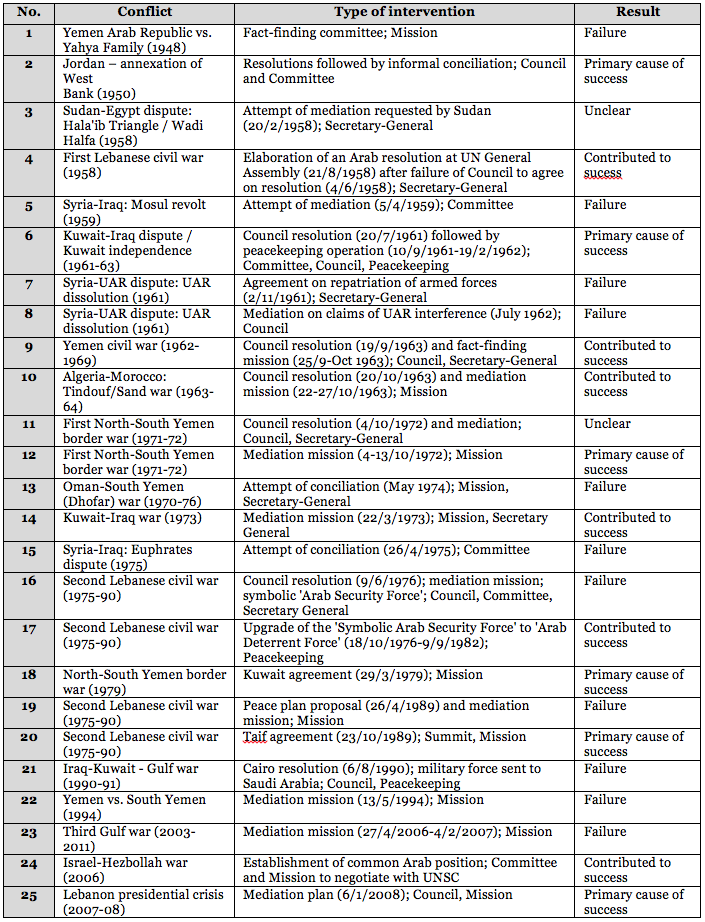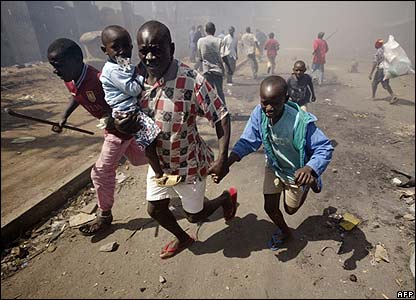
The humanitarian crisis in Yemen remained the worst in the world in 2019. There was also a deepening internationalization of the conflict-with Egypt, Russia, Saudi Arabia and the United Arab Emirates on one side and Qatar and Turkey on the other. In Libya the fighting escalated between the two competing governments in 2019. Iraq remained a fragile, largely post-conflict state-although available data suggested that combat-related fatalities remained at the level of a high-intensity armed conflict-with weak institutions and growing protests. Russia and Turkey subsequently created a ‘safe zone’ in north-east Syria in October 2019, while the Syrian Government consolidated its hold over most of the country and achieved further strategic gains. Turkey continued its military operations in northern Iraq and carried out a new incursion into northern Syria, after an announced US withdrawal. Large-scale anti-government protests occurred in Algeria, Egypt, Iran, Iraq, Jordan, Lebanon, Morocco, the Palestinian territories and Tunisia.Ĭomplex and interlinked armed conflicts in Iraq, Syria and Turkey On several occasions during 2019 tensions between Iran and the United States (and its Gulf allies) threatened to escalate into a more serious interstate military conflict.

Many of these conflicts, which have resulted in the deaths of hundreds of thousands of people and displaced millions more, were interconnected and involved regional and international powers, as well as numerous non-state actors.


All the armed conflicts had fewer fatalities than in 2018, except for Libya. There were seven countries with active armed conflicts in the Middle East and North Africa in 2019 (the same as in 2018): Egypt (high-intensity, subnational armed conflict), Iraq (internationalized civil war), Israel (low-intensity, extrastate armed conflict), Libya (internationalized civil war), Syria (major internationalized civil war), Turkey (low-intensity, extrastate and subnational armed conflict) and Yemen (major internationalized civil war).


 0 kommentar(er)
0 kommentar(er)
